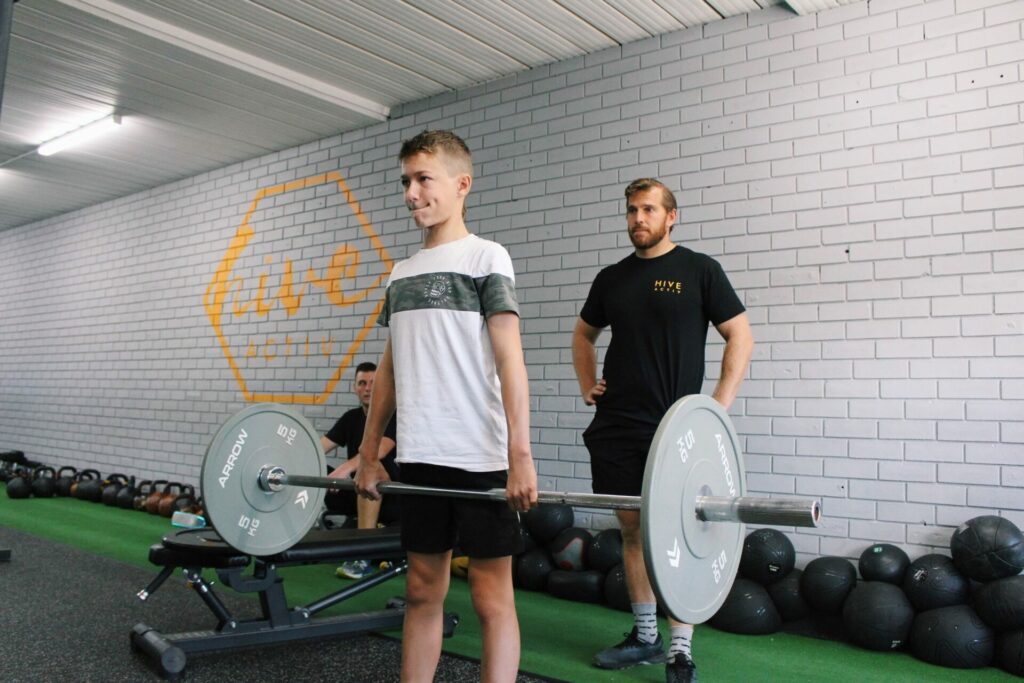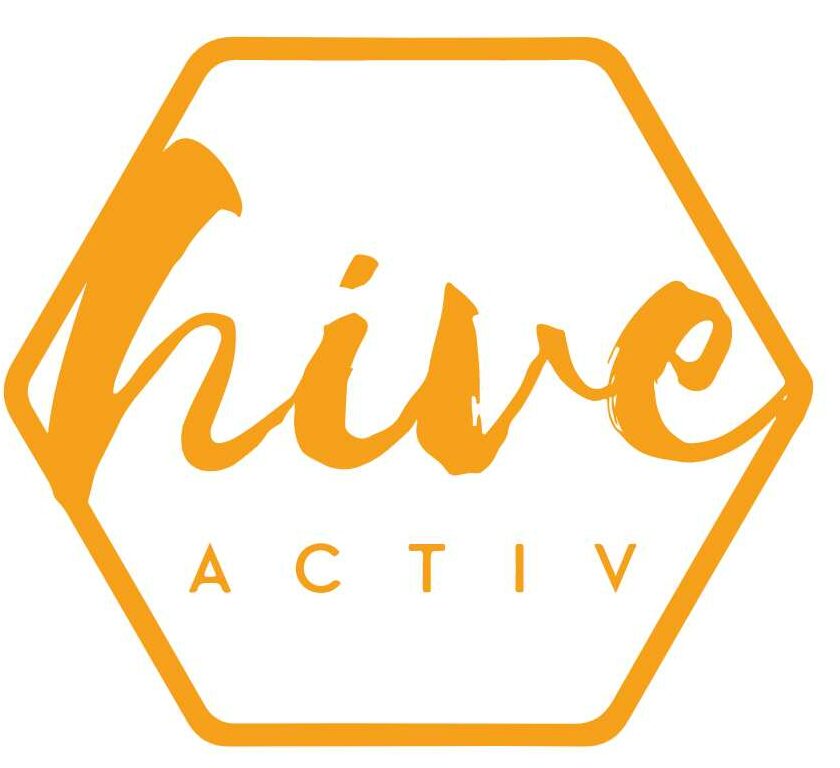No matter what topic you focus on within fitness, you are bound to run into some myths. But the realm of strength and resistance training seems particularly flooded with falsehood. When it comes to your health, you want to have full confidence that your decisions are based on well-founded knowledge. To help sieve fact from fiction, we took a critical look at how the more enduring myths around strength training started and see what modern science has to say on the topic.
Myth 1: I Will Look Like A Bodybuilder / Too Bulky If I Strength Train
Where It Came From:
A first impression can be hard to shake. When that first impression comes in the form of Arnold Schwarzenegger with bulging biceps and tight speedos, you can bet it will be almost impossible.
In places like Australia and the United States, it was thanks to bodybuilding icons like Arnie that strength training gained attention in popular culture. Performance competitions such as Mr Universe and Mr Olympia rose to prominence in the ’50s, 60s & 70s, with mass crowds packing into arenas to watch individuals with almost unbelievable muscles strut and flex on stage. The myth that strength training guarantees a bulky build is mostly a remnant of this period, known by gym-lovers as the Golden Era of Bodybuilding.
The wide-ranging health benefits of strength training were not completely understood at the time, so only those that wanted to achieve this look were game enough to hit the weight section.
The Facts:
The primary benefit of strength and resistance training is that you will build muscle, but you will not look like a bodybuilder unless you want to.
Bodybuilders of the Golden Era would spend hours every day lifting the heaviest weights they could.
To maintain his 7-time Mr Olympia winning physique, Schwarzenegger followed the dietary rule that “every pound of body weight needed one gram of protein.” Weighing 225 pounds, he would eat 5-6 meals and roughly 4000 calories a day to hit this goal.
This combination of intense workout and extreme diet was commonly supplemented by the use of steroids such as Dianabol, Deca Durabolin and Primobolan.
Thanks to further research in the field, bodybuilders now have a better understanding of what is safe for long-term health. Yet their diet and exercise routines remain far from the average Joe’s.
Today, the average male bodybuilder will eat 3,800 calories per day, with the female bodybuilder averaging 3,200. This heightened calorie intake is known as the bulking phase. In the cutting phase, where the goal is to maximise fat loss without losing muscle mass, calorie intake is reduced to 2,400 and 1,200 respectively.
For comparison, the average Australian adult consumes 2000 calories a day.
So no, you won’t morph into Arnie after a few bicep curls and overhead presses.
This is especially true for women, who usually find it harder to build muscle due to lower levels of testosterone.
It should go without saying that there is nothing wrong with a woman having a muscular body. The only thing that ever matters is that you are healthy and happy.
However, due to unfortunate societal pressures about how to look, this myth has been a concern verbalised chiefly by women.
What incorporating regular strength sessions into your exercise routine will do is make you more powerful, enhance your mobility, give you a more toned physique and speed up your metabolic rate – meaning you will burn more calories even when you are not exercising.
Verdict:
It takes rigorous levels of work and dedication to achieve the physique of a bodybuilder or anything close to it. There is an extensive list of health benefits to be gained from strength training, so don’t let this misguided myth hold you back.

Myth 2: Strength Training Is Dangerous For Older Adults, And Lifting Weights Should Be Avoided.
Where It Came From:
A natural consequence of ageing is that injuries become more serious. A fall that could once be laughed off begins to seem life-threatening, so we increasingly avoid strenuous activities that appear to carry risk. It isn’t difficult to imagine how one might instinctively categorise strength training this way. This myth was likely a well-intentioned but misplaced assumption about how to care for our bodies as they change with age.
The Facts:
On average, you can expect muscle mass to decrease at around 3-8% per decade after the age of 30. After you blow out the candles on your 60th birthday cake, you can expect that process to speed up further. When muscle function is impaired significantly from this loss, it is known as sarcopenia. Sarcopenia is associated with an increased risk of fractures and falls, and a decrease in bone mineral density.
Yet this should not be a reason to avoid the weight section at the gym. Despite a size reduction, our muscles remain responsive to the benefits of strength training. Studies have shown that two months of strength and resistance training is enough to reverse two decades worth of age-related strength and muscle loss.
An influential study conducted in 1994 proved that this was true even for the frailest of individuals. In the study, 100 nursing home residents aged 72 to 98 participated in a 10-week strength and resistance training program. By the end, they could lift far more weight, climb more stairs and walk considerably faster.
Impressively, four participants who had previously relied on a walker only needed a cane after the study. This was compared to participants in a sedentary control group, who continued to experience declines in muscle mass and strength.
Strength training has also been reported to slow age-associated losses in bone mineral density, as well as relieve the painful symptoms of osteoarthritis.
Verdict:
This is one of those myths where science has long shown the opposite is true, but unfortunately, common knowledge has failed to catch up. It is always important to consult a doctor first. However, when performed in a controlled environment with assistance from an experienced trainer, strength and resistance training is not only safe but highly beneficial to the long-term health and functional independence of older adults.

Myth: If You Are Looking To Improve Cardiovascular Health, Strength Training Won’t Help You.
Where It Came From:
The cardio craze that exploded onto the scene in the 70s and endured well into the early 2000s can be traced back to one man – Dr Kenneth Cooper.
In 1968, Cooper published his book Aerobics in which he promoted this style of exercise as the key to improving both quality and longevity of life. The book went on to sell more than 30 million copies and transformed the fitness and health industries forever.
But this hyperfocus came at a cost. Strength training was neglected by medicine so remained mostly an aesthetic pursuit. The research is catching up now, but the assumption remains ingrained in the language.
The term “strength training” explicitly implies muscle gains. The word aerobics was intended to be similarly straightforward. Aero was the Greek word for “air” and bios was “life.” The word aerobic came to mean “requiring oxygen from the air for life.” Building on this, Cooper coined the term aerobics (and by coined we mean tacked an ‘s‘ onto the end) to refer to physical activity that required enhanced oxygen intake, consequently increasing cardiovascular efficiency. Hence the nickname cardio.
The facts:
The cardiovascular system is made up of your heart, blood vessels and blood and is what transports oxygen and other important nutrients throughout your body.
Cardiovascular diseases are the number one cause of death globally. Considering that one of the main associated risk factors is physical inactivity, prioritising cardiovascular health in your workout routine is a wise move.
The great news is, a park run or spin class are not your only options.
In 2019, Medicine & Science in Sports & Exercise published a study of nearly 13,000 people that found that just one hour per week of weight training can decrease the risk of heart attack or stroke by 40 to 70%. These findings were consistent regardless of whether individuals performed cardio exercise or not.
Pumping some iron also has indirect benefits for heart health.
A study published in 2017 that looked at data from more than 35,000 women and spanned over a decade found that those who participated in regular resistance training reduced the chance of developing Type 2 diabetes by 30%.
This is great news for your ticker, as people with diabetes are at advanced risk of heart disease. This is because high blood sugar damages blood vessels and the nerves essential to heart function.
Verdict:
If you are looking to improve heart health, strength and resistance training should absolutely be in your exercise routine.

Myth: Adolescents Who Strength Train Are At Risk Of Stunted Growth Or Irreversible Injury
Where It Came From:
There are a few guesses as to where this one originated, and the first is kinda dark. Speaking with Insider Hook, Dr Gil Kentof, founder of Back, Neck and Chronic Pain Relief, traced the myth partly to a study from 1842 that suggested children who worked in coal mines were shorter in stature due to the heavy loads they were lifting.
The myth most probably took off in the 1970s and 80s when data from various U.S emergency departments was used to make projections of the total number of youth injuries caused by weight training and exercise equipment.
This belief likely persists due to concerns about growth plates in immature bones.
The Facts:
Today, we have the understanding to recognise that children being exploited for labour in hazardous conditions is not comparable to a healthy youth undertaking a professionally designed strength training program. So, we can dismiss that one straight off the bat.
As for the hospital data, it is understandable that reports of children being injured raised some flags.
But rest assured parents, strength training poses no more risk than other activities kids love.
In fact, one study that surveyed sports injuries over a one year-period found that resistance training resulted in 0.7% of youth injuries, whereas football, basketball, and soccer resulted in approximately 19, 15, and 2%, respectively.
More accurately, the hospital data reflects what happens when an adult is not around.
If they are going to weight train, children and adolescents need to do so under the supervision of a professional who understands their capabilities and can offer guidance.
Under these conditions, strength and resistance training actually helps to prevent injuries and significantly reduces rehabilitation time when an injury occurs. It is estimated that youth athlete injuries could be reduced by up to 66% if preparation programs including strength training were implemented prior to sport participation.
Strength training has also been recorded to have a positive effect on bone density in youth, with no adverse impact on growth plates.
The Australian Government Department of Health’s official recommendation for children aged 5-12 years and adolescents aged 13-17 years is to engage in strength training activities at least three days per week.
Verdict:
The narrative that strength training will stunt growth in children is false and runs counter to official health recommendations. To avoid improper techniques, it is extremely important that young individuals practice in a safe, supervised environment.





